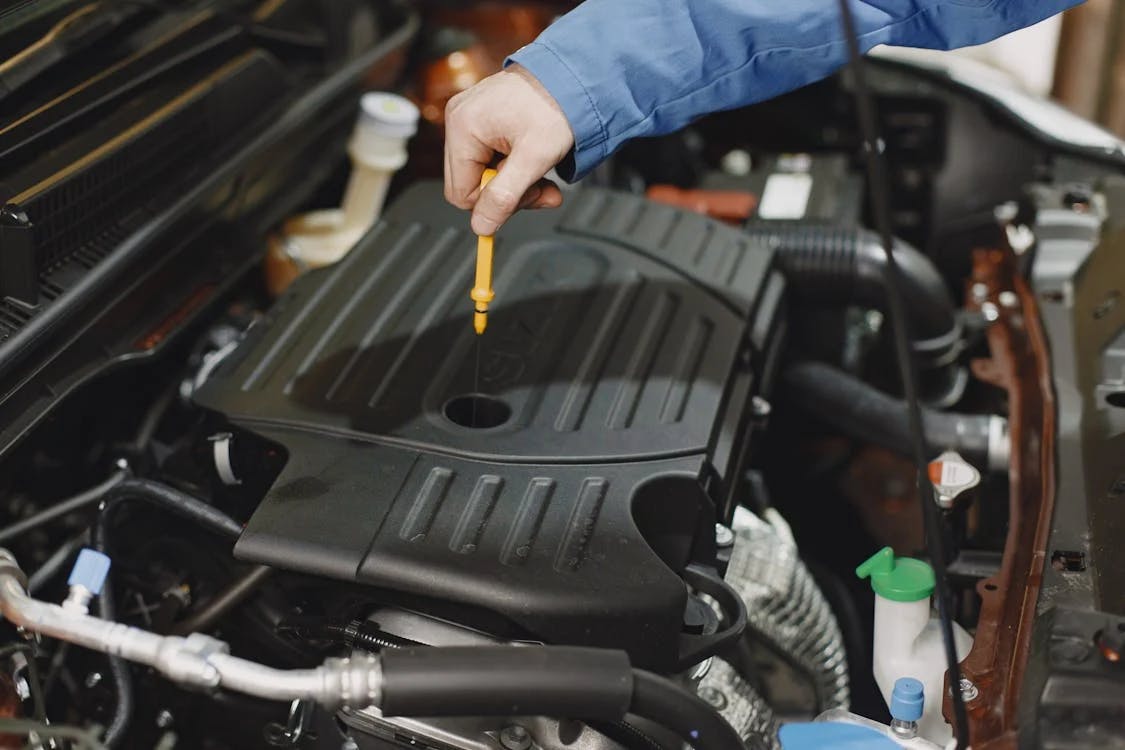Breaking It Down: A Step-by-Step Guide to Changing Your Car's Oil
Changing your car's oil is a fundamental skill that every car owner should know. It extends the life of your engine and ensures your car runs smoothly. This guide will walk you through the process of changing your car's oil, step by step.
What You'll Need
Before you begin, make sure you have all the necessary tools and materials:
- New Oil: Check your car’s manual for the recommended type and amount.
- New Oil Filter: Make sure it's compatible with your car model.
- Wrench Set: For removing the oil drain plug.
- Oil Filter Wrench: To remove the old oil filter.
- Oil Drain Pan: To catch the old oil.
- Funnel: To pour oil without spilling.
- Rags: To clean up any spills.
- Jack and Jack Stands or Ramps: To lift and secure the car.
Step-by-Step Instructions
Step 1: Prepare Your Vehicle
Ensure your vehicle is on a flat surface and the engine is cool. Use the jack and jack stands or ramps to raise the car for easier access to the oil drain plug.
Step 2: Locate the Oil Drain Plug and Oil Filter
Consult your vehicle’s manual to find the oil drain plug and filter. They are usually located at the bottom of the engine.
Step 3: Drain the Old Oil
Place the oil drain pan under the oil drain plug. Carefully remove the plug with a wrench and allow the oil to drain completely. This might take a few minutes.
Step 4: Replace the Oil Filter
Using the oil filter wrench, remove the old oil filter. Apply a little new oil to the gasket of the new filter—this helps ensure a good seal. Then, install the new filter by hand.
Step 5: Add New Oil
Replace the oil drain plug securely. Using the funnel, pour the new oil into the engine via the fill hole. Check your owner’s manual for the correct amount of oil.
Step 6: Check Oil Level
Start the engine and let it run for a few minutes. This circulates the new oil. Turn off the engine and wait a few minutes for the oil to settle. Use the dipstick to check the oil level. Add more if necessary.
Step 7: Clean Up
Dispose of the old oil and filter properly. Many auto shops accept used oil for recycling.
Conclusion
Changing your car’s oil might seem daunting, but it’s actually a straightforward process once you get the hang of it. Regular oil changes keep your engine in good condition and can save you money on repairs.
For more detailed guidance or if you encounter any issues, don't hesitate to connect with a Mavyn human expert or chat with Mavyn GPT. We're here to help you with all your car maintenance needs!
Remember, regular maintenance is the key to vehicle longevity and performance. Happy motoring!
